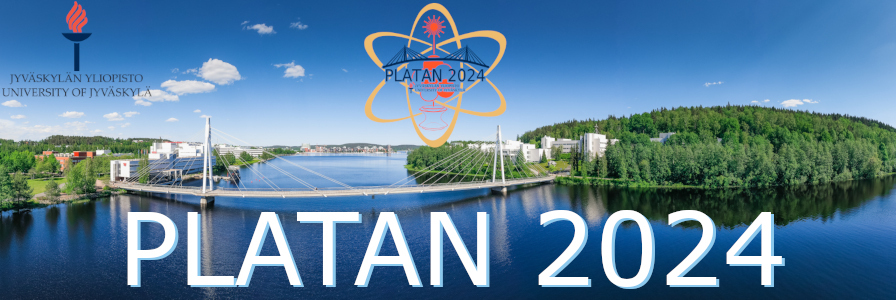Speaker
Description
Muonium (Mu = $\mu^+$ + $e^−$) is a purely leptonic, two-body exotic atom amenable for precision measurements of fundamental constants ($m_\mu$, $\mu_\mu$) and tests of bound state QED. Mu also offers the possibility to directly test the coupling of gravity to second generation elementary (anti)leptons, a system where there are no contributions to the mass by the strong interaction. Hence, such measurements are complementary to the new results of the ALPHA collaboration [1].
The newly approved LEMING (LEptons in Muonium INteracting with Gravity) experiment located at the Paul Scherrer Institut (PSI) aims to improve laser spectroscopy measurements on Mu and to measure Mu in free fall. However, state-of-the-art, vacuum Mu sources rely on thermal emission, limiting the feasibility of both scientific goals.
A novel way of Mu production was demonstrated using a thin layer of superfluid helium. We have achieved the production of a Mu beam with ~10 % conversion efficiency and ~30 mrad angular divergence. These results allow for measurements of g on Mu with a precision of ~1% using atom interferometry and to improve the fractional precision of Mu 1S-2S measurements by more than an order of magnitude, compared to thermal sources.
In this talk the first observation of a vacuum Mu being emitted from superfluid helium and an initial characterisation of the novel Mu source will be presented. Furthermore, the resulting prospect to do spectroscopy and measure g will be discussed.
[1] Anderson, E.K., Baker, C.J., Bertsche, W. et al. Observation of the effect of gravity on the motion of antimatter. Nature 621, 716–722 (2023). https://doi.org/10.1038/s41586-023-06527-1

